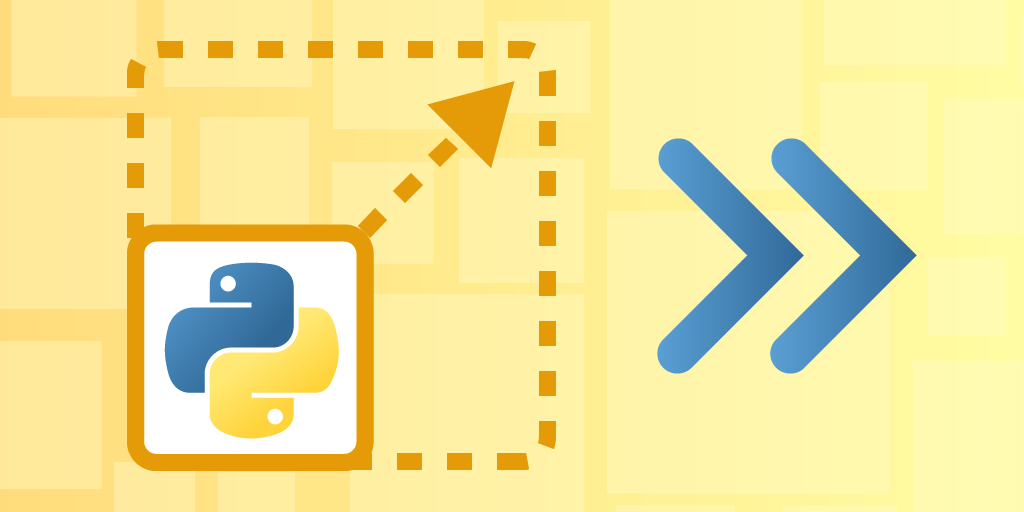Leveraging Multithreading Paradigms for Scalable Python Applications
 Sanjeet Singh
Sanjeet SinghModern software development demands applications that can handle ever-growing data and provide exceptional user experiences. Python, with its extensive libraries and clear syntax, has become a go-to language for many developers. But when faced with heavy workloads, single-threaded Python applications can become sluggish. This is where multithreading comes in as a powerful tool to build responsive and efficient Python programs.
Unleashing the Power of Many Threads
Multithreading allows a single process to run multiple threads concurrently. Think of each thread as a mini-process that tackles a specific task within your program. Imagine a skilled chef (the main process) managing a busy kitchen (the program). The chef can delegate tasks like chopping vegetables (Thread 1) and cooking meat (Thread 2) simultaneously, resulting in faster meal preparation (program execution).
Benefits of Multithreading:
Enhanced Responsiveness: By handling tasks concurrently, multithreading keeps your application responsive to user interactions. Even if one thread is busy, others can continue working, preventing the entire application from freezing.
Improved Scalability: For CPU-bound tasks (tasks that heavily utilize the processor), multithreading can significantly boost performance by distributing the workload across multiple cores. This allows your application to scale efficiently with additional hardware resources.
Efficient I/O Handling: Multithreading shines for I/O-bound operations (tasks involving waiting for external data, like network requests or disk access). While one thread waits for data, others can keep working, maximising overall efficiency.
The Nuances: The Global Interpreter Lock (GIL)
While multithreading offers significant advantages, Python's Global Interpreter Lock (GIL) adds a layer of complexity. The GIL ensures only one thread executes Python bytecode at a time. This prevents race conditions (conflicts when multiple threads access shared data) but can limit true parallelism achieved with multithreading on multi-core systems for CPU-bound tasks.
Mitigating the GIL's Impact:
Focus on I/O-bound tasks: Multithreading excels for I/O operations where the GIL's impact is minimal. Threads can work independently while waiting for external data.
Consider alternatives: For CPU-bound tasks, explore multiprocessing, which utilizes multiple independent processes, each with its own resources, to achieve true parallelism across multiple cores.
Common Multithreading Paradigms in Python:
The Producer-Consumer Pattern: This approach involves two types of threads: producers that generate data and consumers that process it. It's ideal for scenarios where data is continuously produced and consumed in a pipeline fashion. Queues are often used to buffer data between producers and consumers.
The Thread Pool Pattern: This approach creates a pool of worker threads waiting for tasks. When a task arrives, a free thread from the pool picks it up for execution. This avoids the overhead of constantly creating and destroying threads, making it suitable for handling a large number of short-lived tasks.
The Master-Worker Pattern: Here, a master thread distributes tasks to a pool of worker threads. The worker threads complete the tasks and report back to the master. This pattern is effective for managing a distributed workload and collecting results.
Building Scalable Applications: A Multithreaded Approach
Here's a step-by-step guide to leverage multithreading for scalability:
Identify Multithreading Potential: Analyse your application and pinpoint CPU-bound or I/O-bound tasks. Prioritise I/O-bound tasks for multithreading.
Choose the Right Paradigm: Select a multithreading paradigm (like producer-consumer or thread pool) that best suits your application's workflow and data flow.
Design for Thread Safety: Implement proper synchronisation mechanisms (like locks and semaphores) to prevent race conditions and ensure data integrity when multiple threads access shared resources.
Conclusion
Multithreading is a powerful tool for building responsive and scalable Python applications. By understanding its concepts, limitations, and best practices, developers can effectively leverage multithreading paradigms to create applications that can handle high workloads and deliver a superior user experience, especially in the context of a best python training in Noida, Mumbai, and other cities in India. Remember, multithreading is most effective for I/O-bound tasks. For CPU-bound tasks, consider exploring multiprocessing. With careful planning and implementation, you can unlock the true potential of multithreading and create Python applications that can grow alongside your requirements.
Subscribe to my newsletter
Read articles from Sanjeet Singh directly inside your inbox. Subscribe to the newsletter, and don't miss out.
Written by

Sanjeet Singh
Sanjeet Singh
I am Sanjeet Singh, an IT professional with experience in the IT sector. I have a broad understanding of Data Analytics and proficiency across multiple layers of software development and testing, from the front end to the back end.
